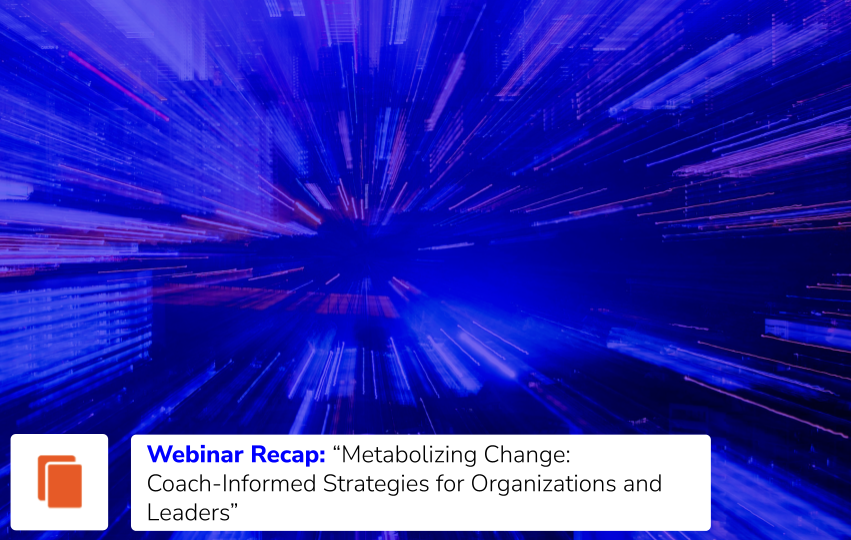Let’s face it, whether in the middle of the night or amidst daylight, most of us are experiencing joyless rides on the emotional roller coaster we call the Covid-19 pandemic – anxieties, worries and fears combined with various levels of helpless and hopeless sensations have become our new norm. We want to know when life will return to a new sort of normal –when we will feel at ease setting foot in stores and offices, confident our kids will be safe going to school and social gathering can begin anew; when our front line workers will no longer be risking their lives on behalf of others. We want to feel more hopeful, able to plan ahead again and make decisions for our futures. Yet, in this astonishing moment in our world — the path remains hazy; neither clear nor reliable.
Over the past three decades at Hudson our focus has been in emphasizing the longer view — providing learning experiences focused on the cycles of change in our lives; providing leaders with an opportunity ‘get on their own balcony’ and take a look at the longer view of how life’s chapters have unfolded, noticing what’s working and what needs to be altered, in order to step into a new chapter in life with a sense of purpose and meaning.

We know from research that most of us enjoy long chapters wherein much is working quite well and shorter transition times when we make a bigger change – letting go of a dominant role or way of being – to allow a new time, a new chapter of life to emerge. There is a rhythm that is a combination of both broadly predictable and deeply personal.
Today, as a species, we’re experiencing a breathtakingly astonishing moment – all of us are facing into the forces of a pandemic that wraps itself around our entire globe with the potential to unify us as never before in our lifetimes. Everywhere, we are consumed by this larger gestalt that leaves us stunned and grieving for what we have lost and unable to comprehend what lies ahead.
We can’t see the future clearly; we simply do not have a reliable way of knowing what lies ahead in the coming months and potentially years. In the midst of not knowing the path forward, we have been grieving our ‘old life’ and all that we imagined was our normal forever. A shattered dream, a deferred plan, a WFH situation upending routines, a major brush with one’s health, economic challenges or the daily risks of being on the front line – our worlds have been turned upside down. This chaotic state has been our experience in this earliest stage of this pandemic. Now the shock is subsiding, we are spending a little less time railing about wanting our ‘old life’ back and we are entering a new stage that will likely last a few months. A stage where we can begin to make minor pivots, to make simple plans and to develop the art of a much shorter view.
Pivots, short term plans, and a growing recognition and appreciation that as a human race, we ache at finding ourselves at odds with our own lives and routines. That’s our work in stage two of these extraordinary times. Small changes and simple plans allow us to find some sense of new normalcy. Small pivots can feel safe and reasonable – small ways to expand one’s territory that creates a sense of more freedom to move. For now, most of us will find little comfort investing in designing a longer view. Instead, adapting to a shorter view and adjusting our horizon into two or three month segments is likely to calm anxieties and allow us to experience a stronger sense of focus and ease in this astonishing moment.



![[Video] Authors in the Field Ft. Peter Block](https://hudsoninstitute.com/wp-content/uploads/2025/09/Insight-blog-video-thumbnail-1.png)
